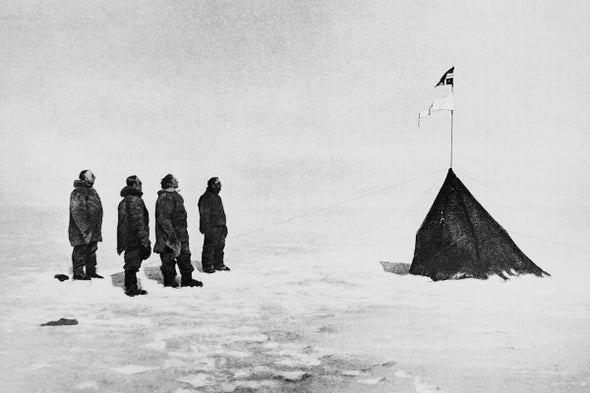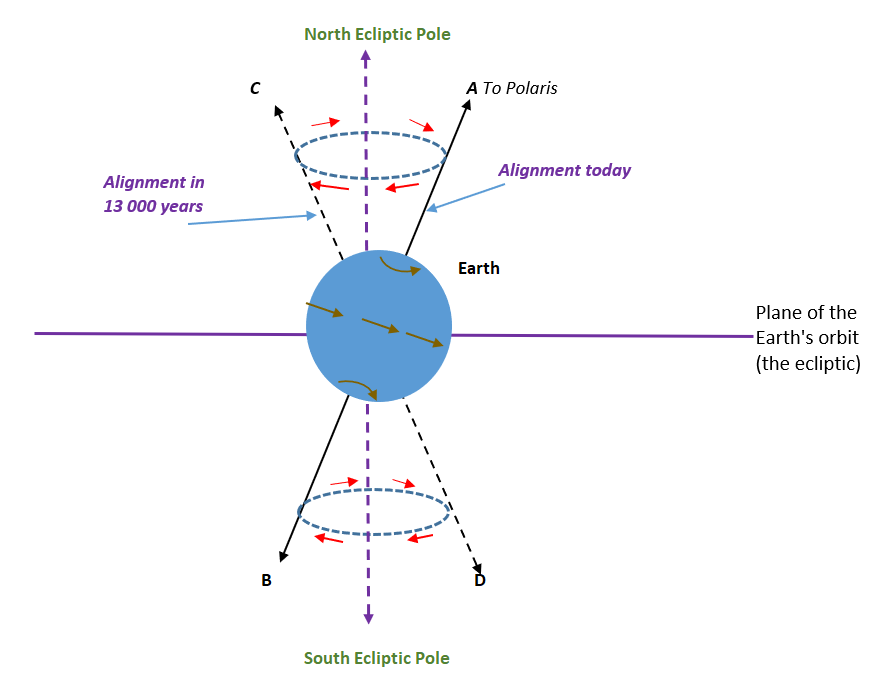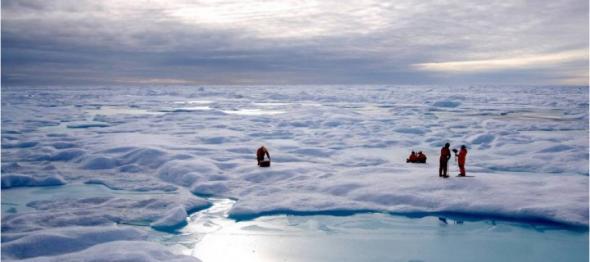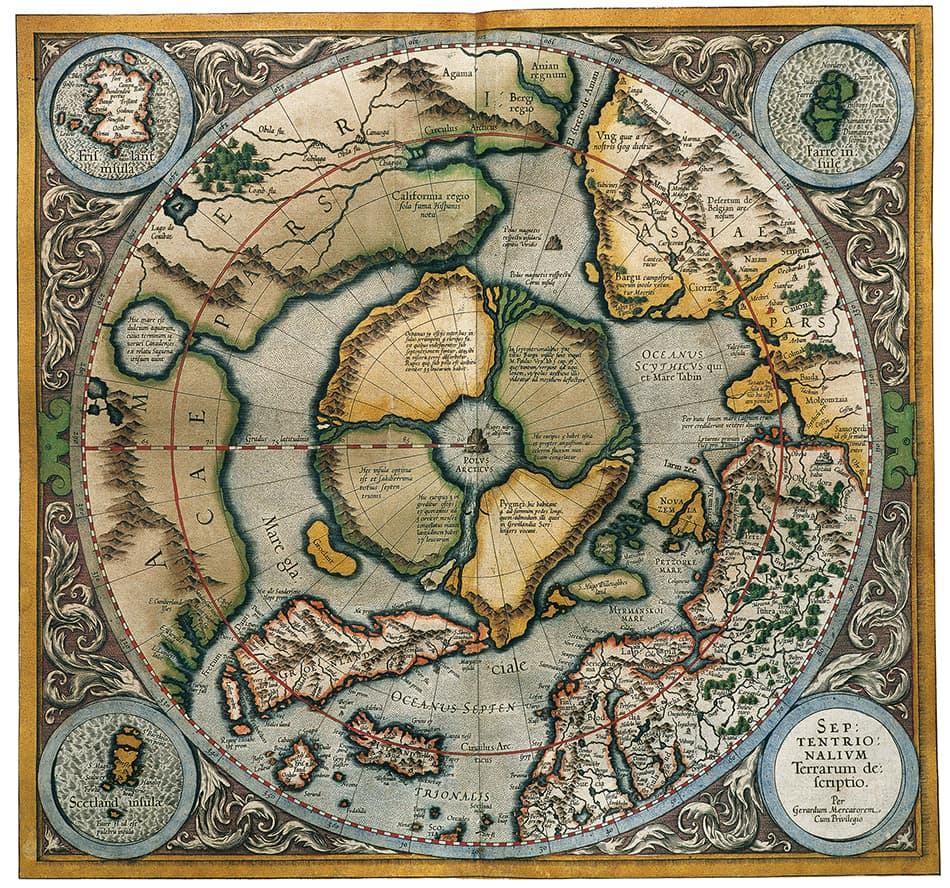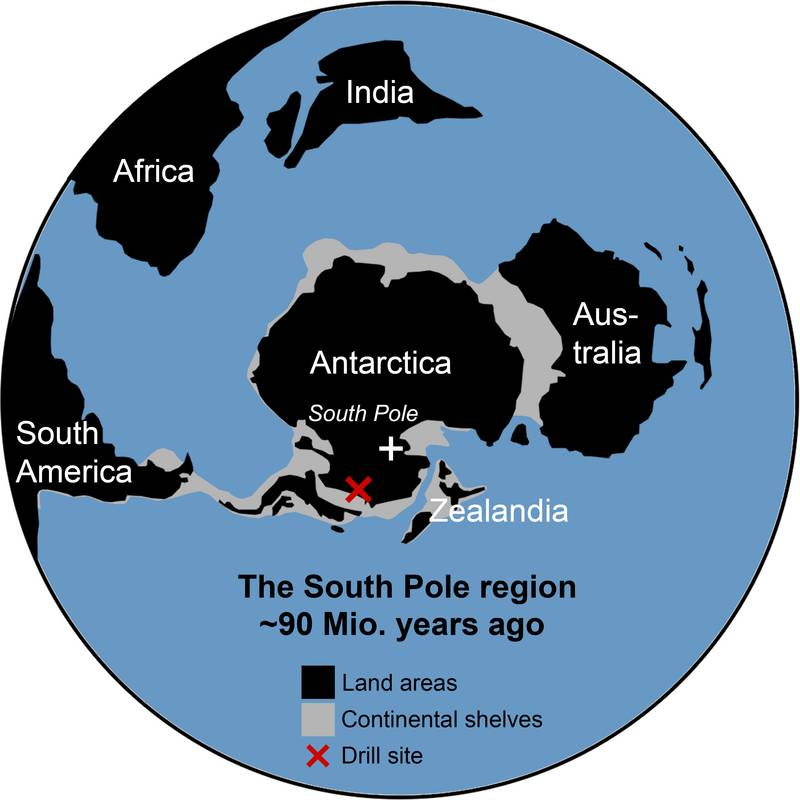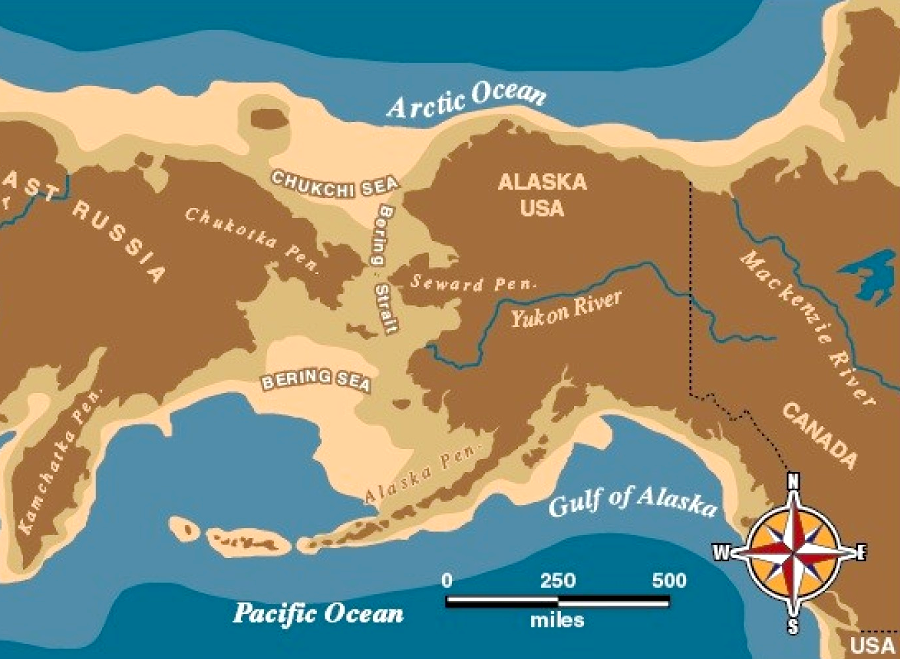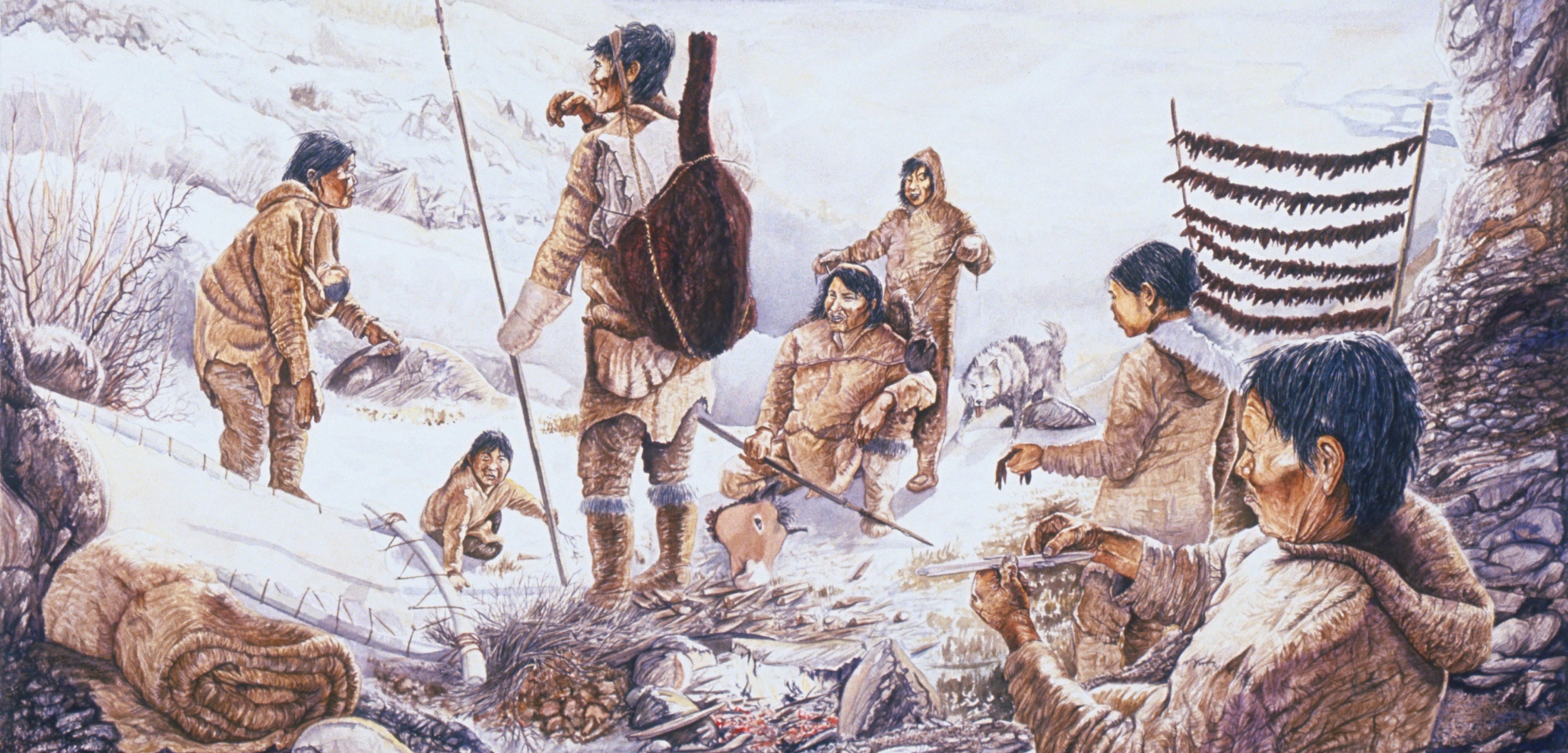
Began 2-3 mya Last glacial period ended 15,000 years ago Pleistocene epoch Ice covered 30% of Earth's land Indirect effect of Ice Age glaciers: - ppt download
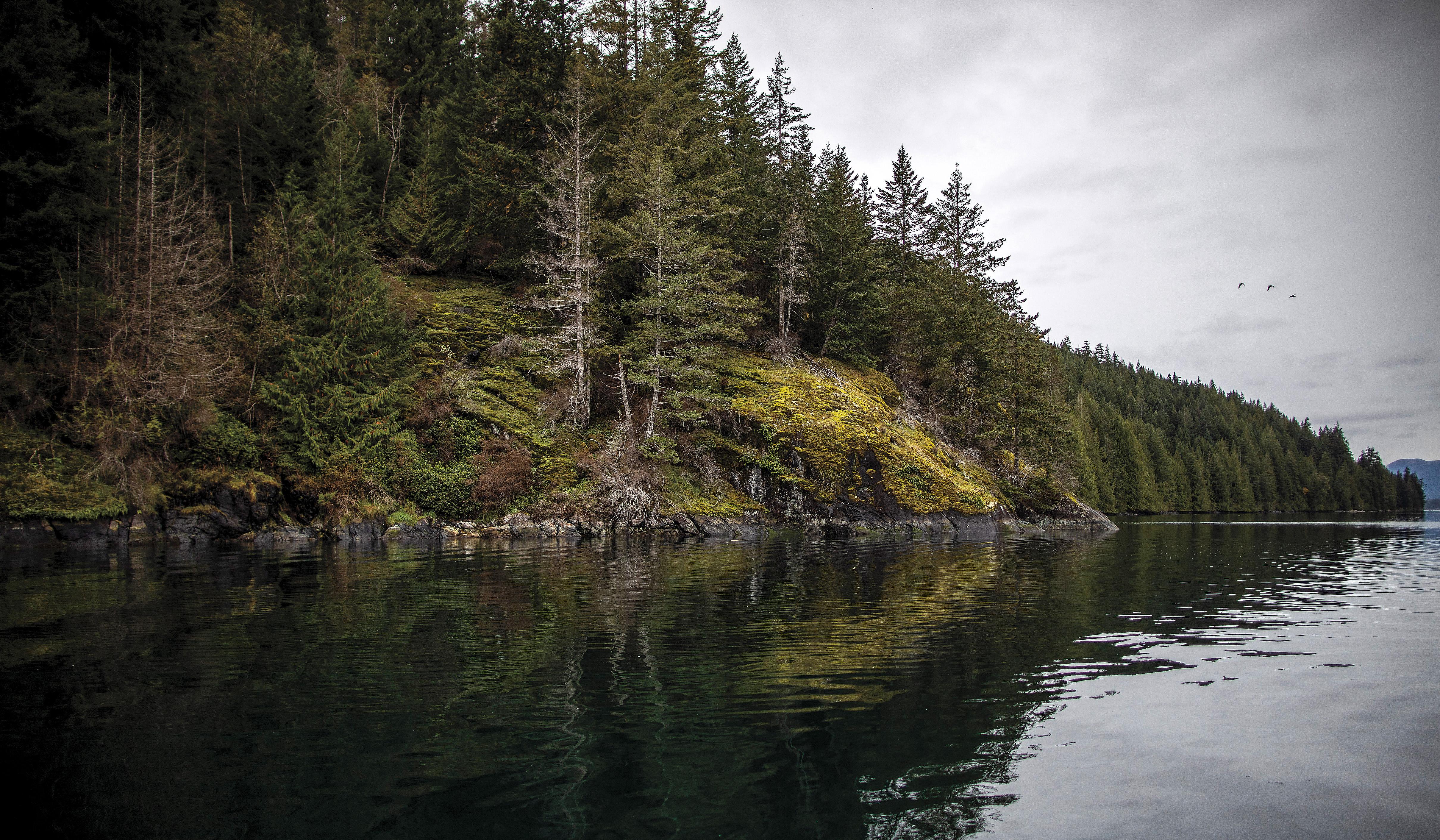
The Story of How Humans Came to the Americas Is Constantly Evolving | Science | Smithsonian Magazine
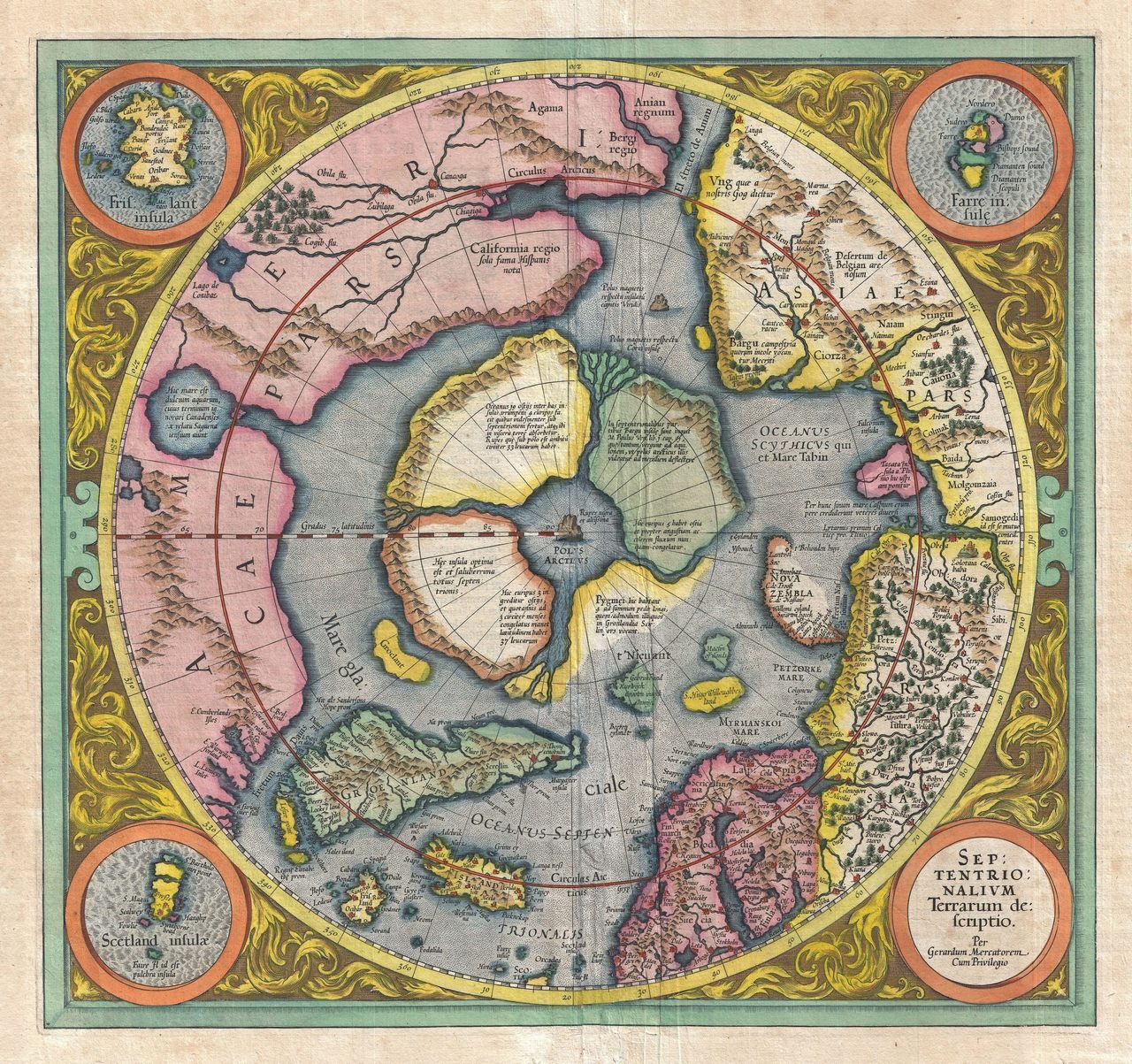
A new history of the North Pole uncovers its deep significance for modern civilization - ArcticToday
